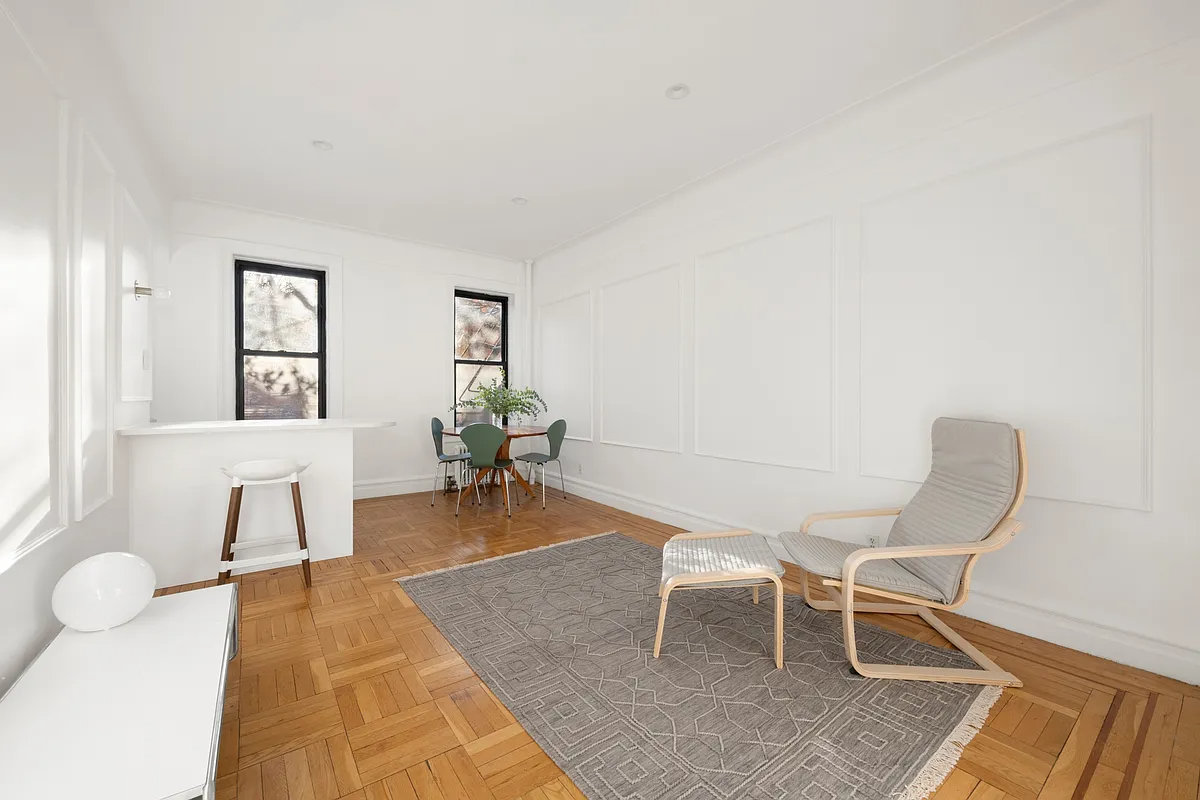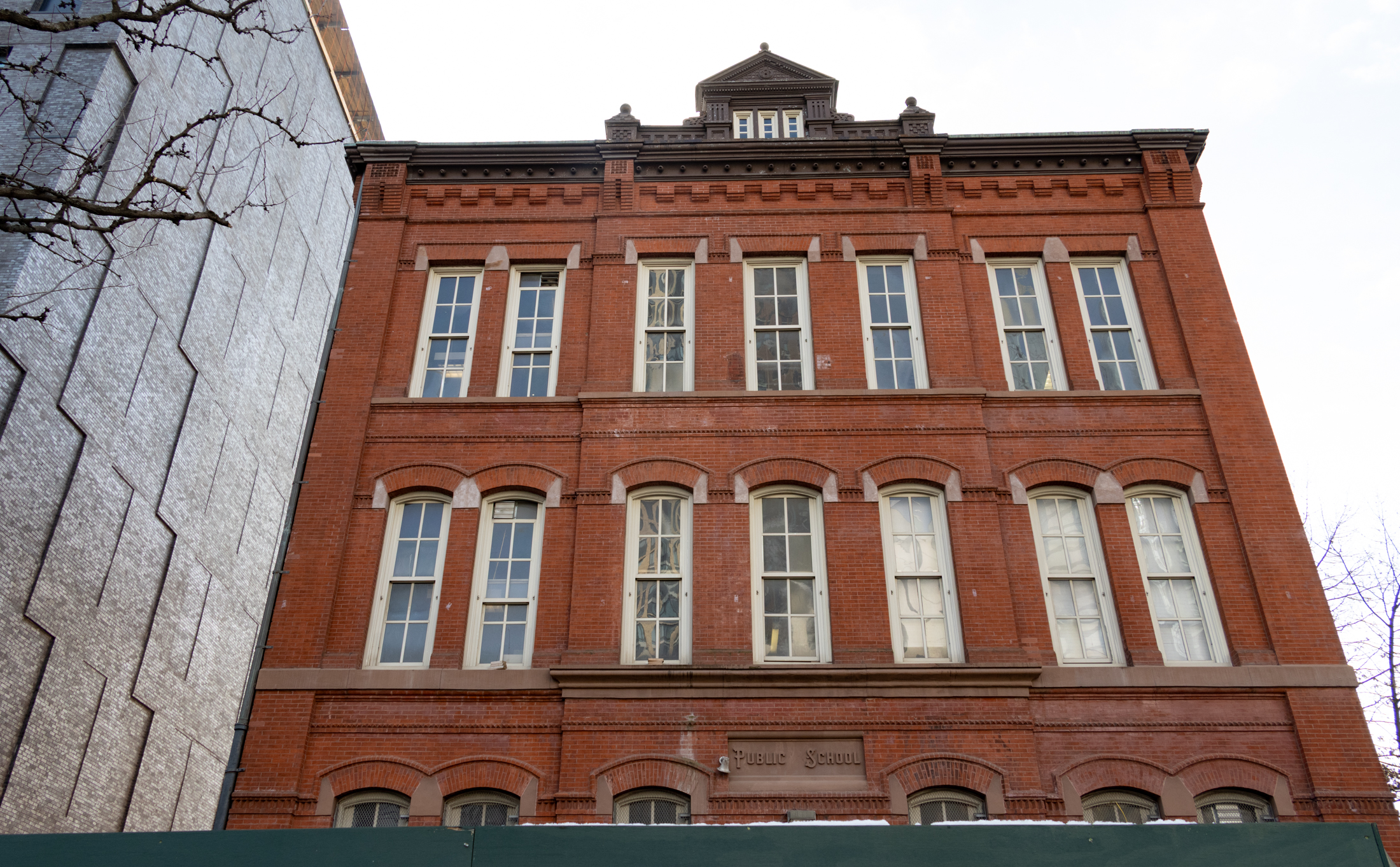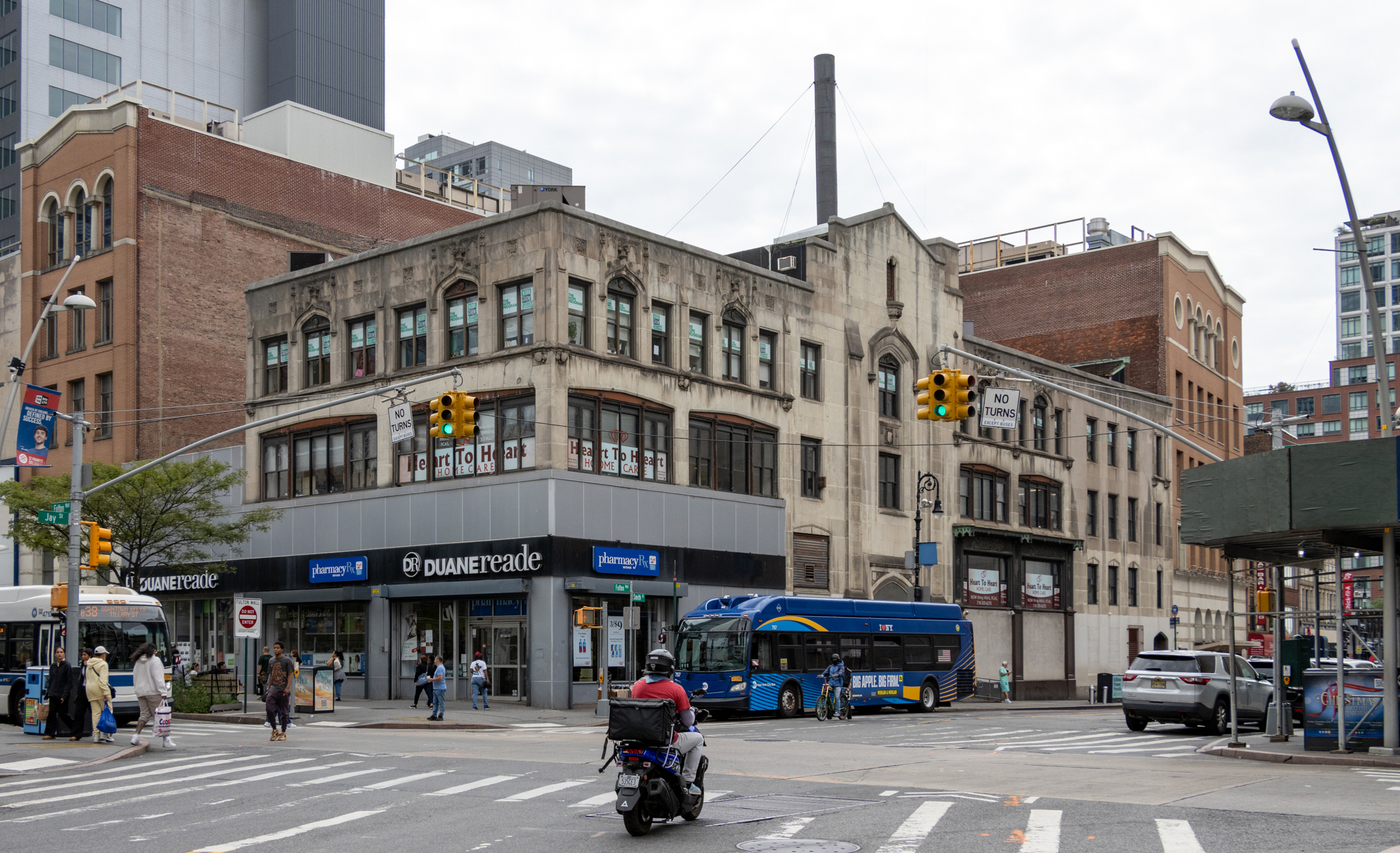3rd Avenue is Starting to Happen
If 4th Avenue is the next Park Ave. (a laughable notion at this point), does that make 3rd Avenue the next Madison? Silly comparisons aside, 3rd Avenue in Gowanus is quietly transforming into an exciting retail/restaurant corridor. New businesses are joining neighborhood mainstays like the Glory Social Club and more recent ventures such as Canal…


If 4th Avenue is the next Park Ave. (a laughable notion at this point), does that make 3rd Avenue the next Madison? Silly comparisons aside, 3rd Avenue in Gowanus is quietly transforming into an exciting retail/restaurant corridor. New businesses are joining neighborhood mainstays like the Glory Social Club and more recent ventures such as Canal Bar, Le Chandelier Salon, Tri-State Chess, Bella Maria Pizza, and the light manufacturing/artists’ hub at the Old American Can Factory. Here’s a roundup (from south to north) of what’s recently hit and forthcoming:
Bar Tano at 9th St.: Italian restaurant from Slope’s Bar Toto owners; opens this week.
Brick Oven Barbeque on 6th St.: BBQ joint opening in old warehouse.
Whole Foods on 3rd St.: Should come to fruition…eventually.
Home Ec betw. Carroll & 1st St.: Owners of the Flirt boutiques teach sewing lessons.
Hotel at President St.: Construction under way for 4-story hotel.
Crooked Tail Café at President St.: New coffee/sandwich shop; will open in about a month.
Drugstore or Supermarket on Degraw St.: New owner is looking to lease big warehouse.
Skate park at Douglass St.: Local group wants Thomas Greene park revamped with skateboarder friendly features.
Check out the photo montage of the new places and coming attractions on the jump.






“Wrong, 12:55. I was born and raised in NYC. How about you?
You still have not convinced me of anything. And, no, I don’t believe that Brownsville, ENY, and Canarsie are filled with artists. They’ve all moved to Philadelphia, because they were too stupid to purchase property while they were allegedly “pioneering” all of the cool areas.”
Yes born and raised not only in NYC, but -and how do you like this- in Williamsburg! How do you like that. Saw it all with my own eyes, the crime, the changes in demographics, the ARTISTS moving in in the late 80’s, early 90’s. the gentrification that came afterwards, and so forth….
And I guess the above article that someone else posted from the well respected magazine BUSINESS WEEK supporting my case hasn’t convinced you either. I guess nothing will. Like someone else here said, it;’s like arguing with a brick. A very stupid brick.
Once again, keep reinfiorcing your opinion that people who can’t afford something are stupid. great argument. really. You really are a brick.
Yeah I agree Niggers and Guidos are the same and definitly the opposite of artists…..
I hope saying this is not offensive to anyone – I just figured that using slang for ethnic/racial groups is ok here. Right?
“and pretty much the exact opposite of guidos” Sounds like a good thing to me.
artists are the people “real” new yorkers hate.
most are from out of state, they dress weird, listen to weird music, and pretty much the exact opposite of guidos
Wrong, 12:55. I was born and raised in NYC. How about you?
You still have not convinced me of anything. And, no, I don’t believe that Brownsville, ENY, and Canarsie are filled with artists. They’ve all moved to Philadelphia, because they were too stupid to purchase property while they were allegedly “pioneering” all of the cool areas.
2 pm:
1, “artists not producing anything artistic” is an opinion. Art by nature is subjective and based on different tastes. Your opinion that many artists are not producing anything artistic is not a fact that I am not getting, it is your opinion that I may or may not agree with.
2. I don’t think that any of the “artists” that are posting here are being arrogant in any way. At the most they are being defensive based on a very misinformed and obnoxious post that basically dismissed them as being unimportant to the gentrification process and insulted them as being stupid.
I also never indicated at any time that I did not like developers, construction workers, lawyers, publishers, etc, etc, etc I may have infered that I did not like bankers by stating that the poster was probably a business person, but that was not specifically leveled at bankers.
No one on this thread ever stated that art was the only worthwhile creative occupation. Stop making things up.
3. My post was aimed at the poster who claims to live in Williamsburg and gives no credit to the artists who pioneered the area. My post wasn’t really about 3rd Ave. Off topic fromthis initial thread yea, but a necessary response to the idiot who started this nonsence by claiming artists were not responsible for the gentrification process.
“[Artists] are just as important as science and technology companies.”
HA!
Bless em.
12:55 – the points you aren’t getting is:
1. most of these “artists” – don’t produce anything artistic
and
2. it is the arrogance of these so called “artists” that makes for the vitriol found here – art is great and very important, but it is far from the only worthwhile or creative occupation. You might not like bankers, developers, construction workers, lawyers, publishers, etc, etc, etc but these occupations are all essential for our culture and can be done in a creative and beneficial way (not that everyone does)
and
3. 3rd Ave is not and was not an “artist haven” – it is a product of Park Slope spillover, whose gentrification has been well past the “artist” stage for some 35years now.
http://www.businessweek.com/bwdaily/dnflash/content/feb2007/db20070226_149427.htm?chan=search
Bohemian Today, High-Rent Tomorrow
Creative types are essential to urban and regional economic growth. Here’s why—and the cities artists should flock to now
by Maya Roney
Want to know where a great place to invest in real estate will be five or 10 years from now? Look at where artists are living now.
Sociologists and policymakers have long been touting art and culture as the cure-all to economically depressed neighborhoods, cities, and regions. The reason? It has been proven that artists—defined as self-employed visual artists, actors, musicians, writers, etc.—can stimulate local economies in a number of ways.
Artists are often an early sign of neighborhood gentrification. “Artists are the advance guard of what’s hip and cool,” says Bert Sperling, founder and president of Portland (Ore.)-based Sperling’s Best Places and compiler of BusinessWeek.com’s list of the Best Places for Artists in America.
Creativity Leads to Growth
Artists, because of their typically lower incomes, usually need to seek out less expensive, developing neighborhoods where they can afford the rent. But because of their creativity they are able to fix up these areas, eventually attracting hip boutiques, galleries, and restaurants. Not all artists are starving. While some are able to achieve success writing, acting, painting, or dancing, others get tired of scraping by as waiters or bartenders and sometimes apply their abilities in more entrepreneurial ways.
Anne Markusen, an economist and professor at the University of Minnesota’s Humphrey Institute of Public Affairs and a leading researcher on the effects of the arts on regional economics, once profiled an abstract painter whose work is now displayed on ceilings and in MRI machines in hospitals across the country. In Markusen’s research, artists have also been found to stimulate innovation on the part of their suppliers. A painter may need a certain type of frame that is not manufactured, forcing the frame maker to create a new design that happens to also work well for other artists.
But Markusen also maintains that artists bring more than culture to a community. “Businesses don’t often understand the extent to which art affects them,” Markusen says. “[Artists] are just as important as science and technology companies.”